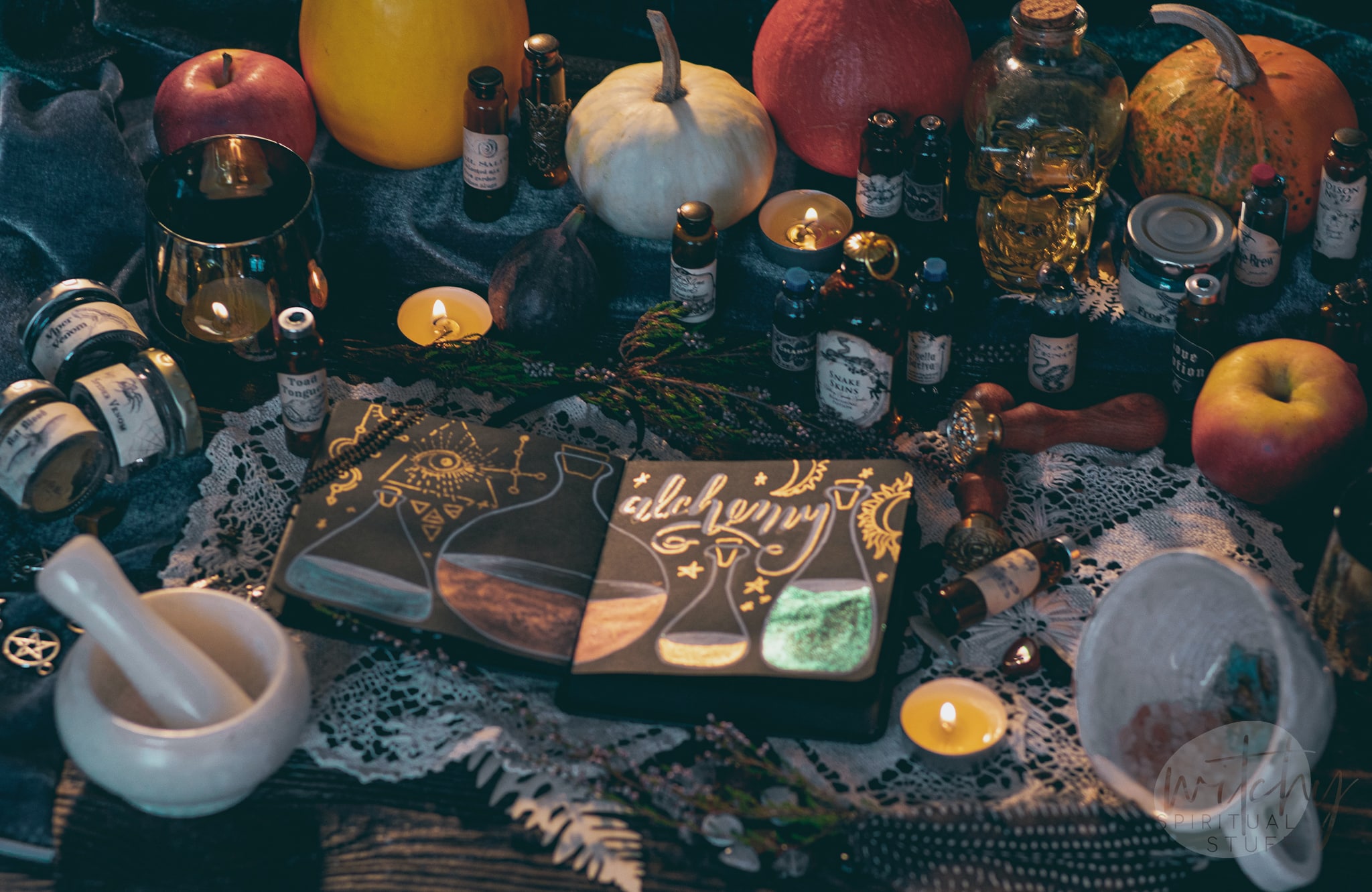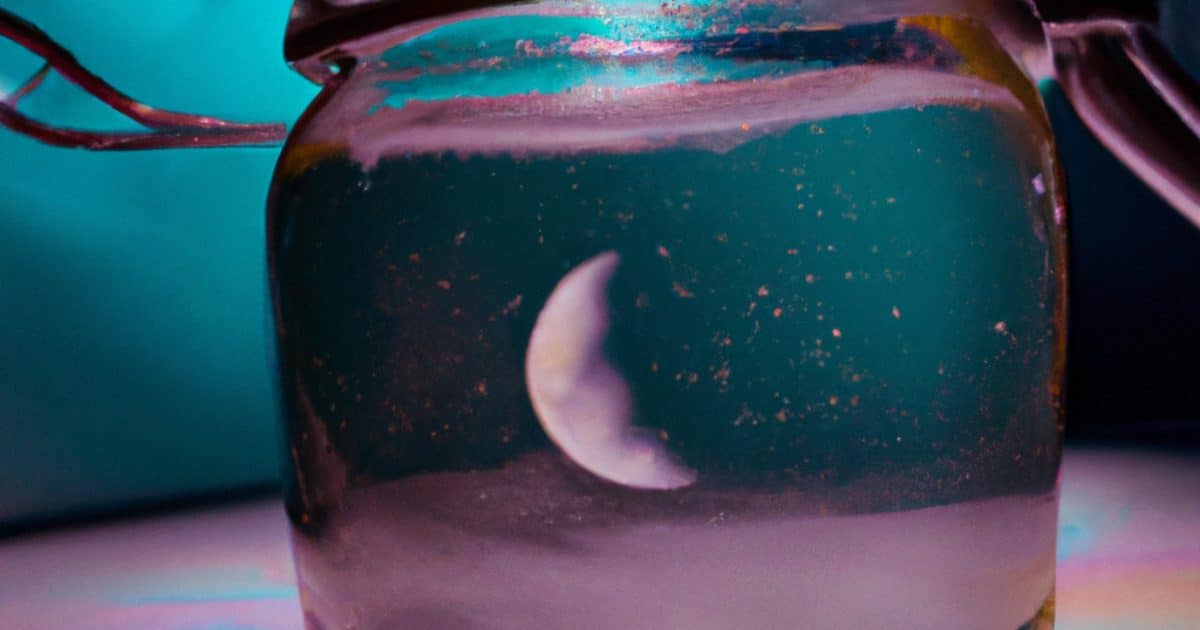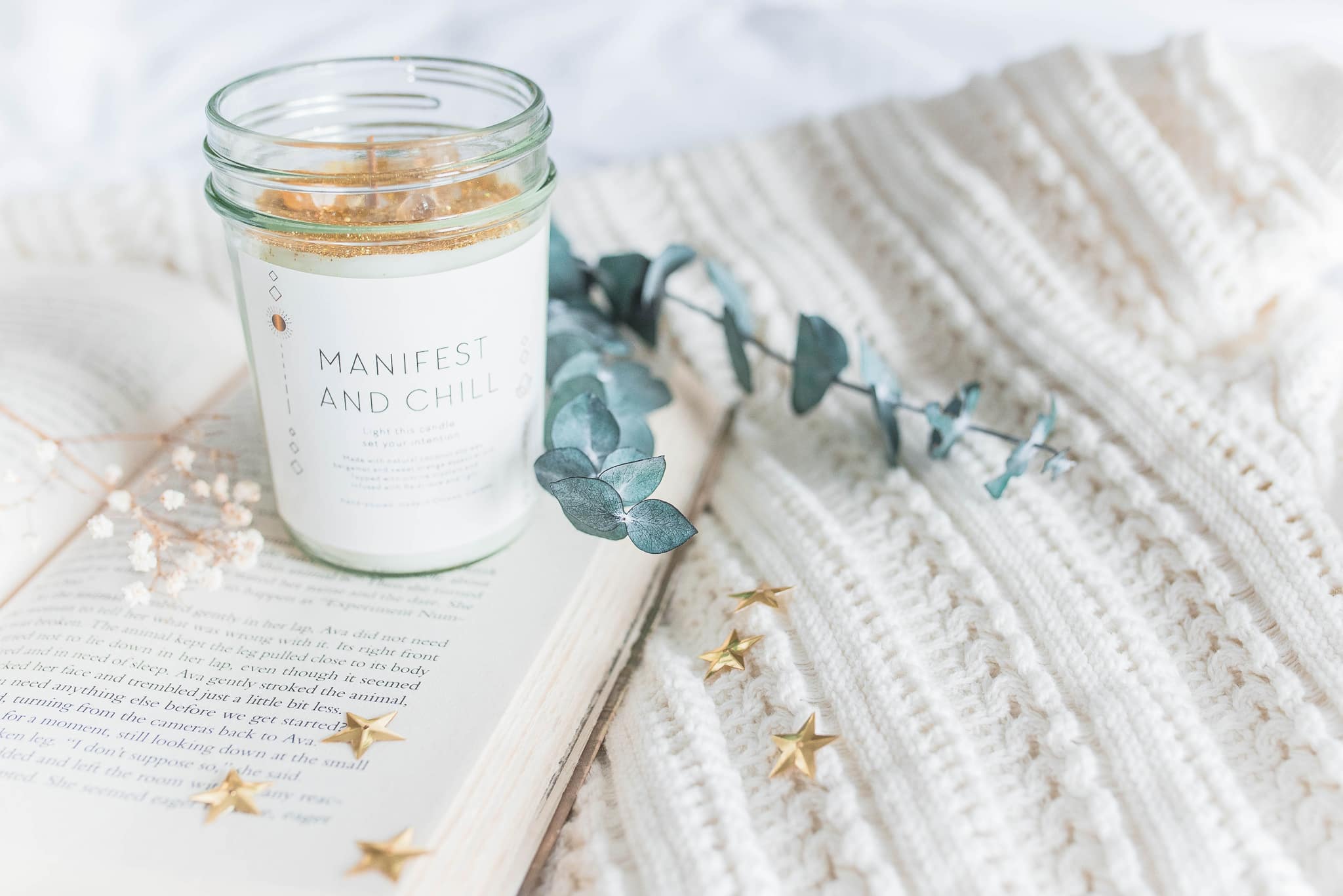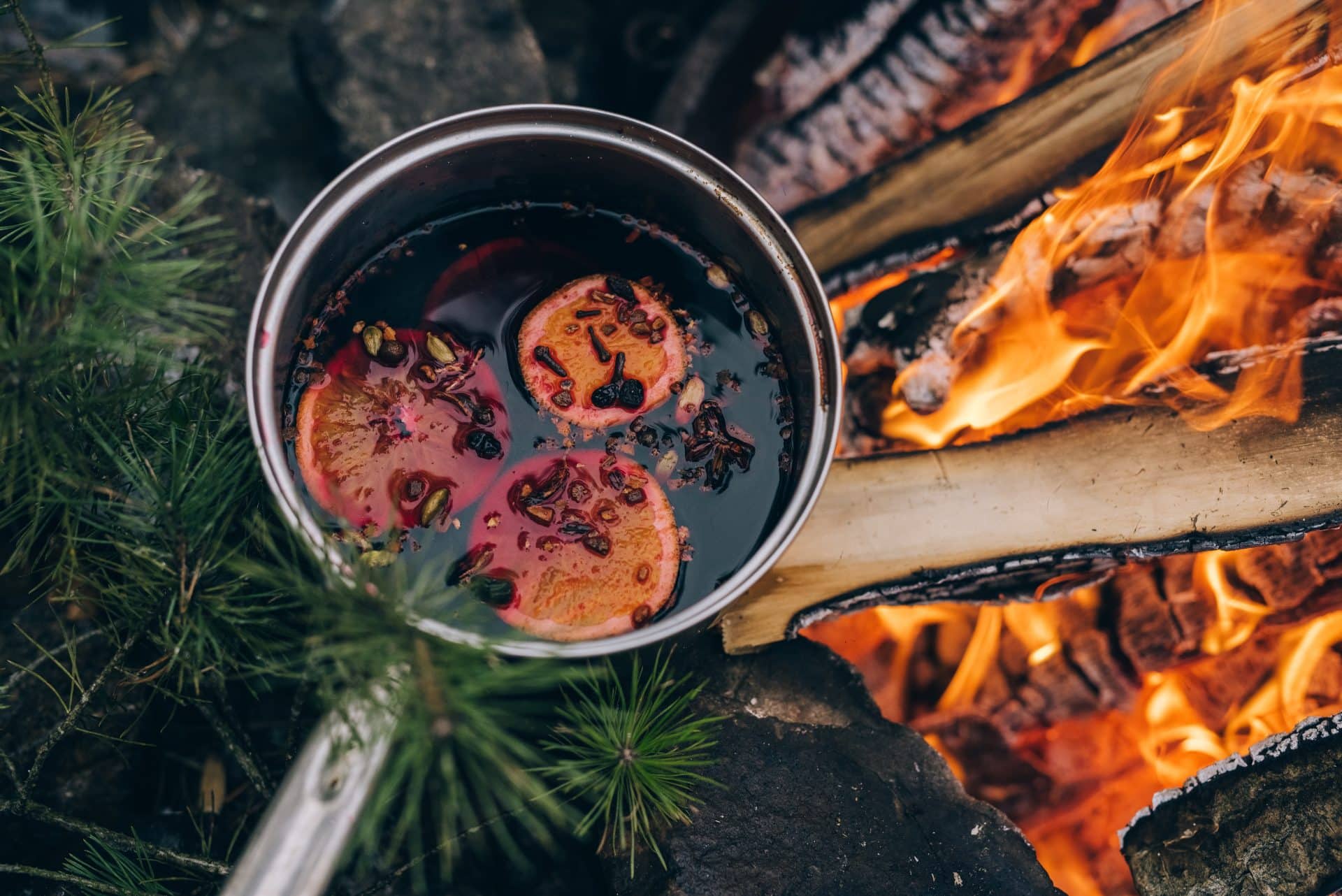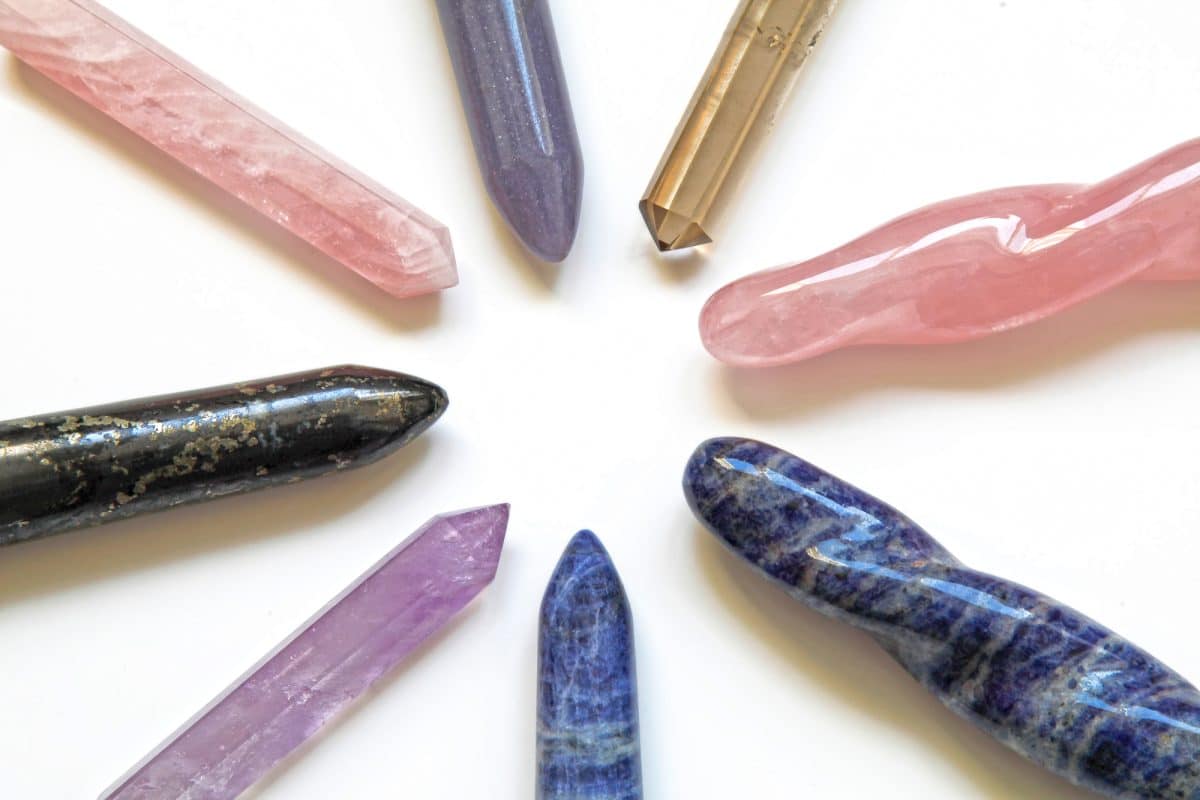Witchcraft and Herbalism: The Deeply Rooted Connection
Table of Contents
Unraveling the Ancient Bond
The enchanting world of witchcraft is teeming with countless practices, rituals, and ideologies. Among these, herbalism remains central— the utilization and understanding of plants for their medicinal, spiritual, and magical properties.
This intimate connection between witchcraft and herbalism has been intrinsic to our cultural fabric, passed down from ancient civilizations to our modern age.
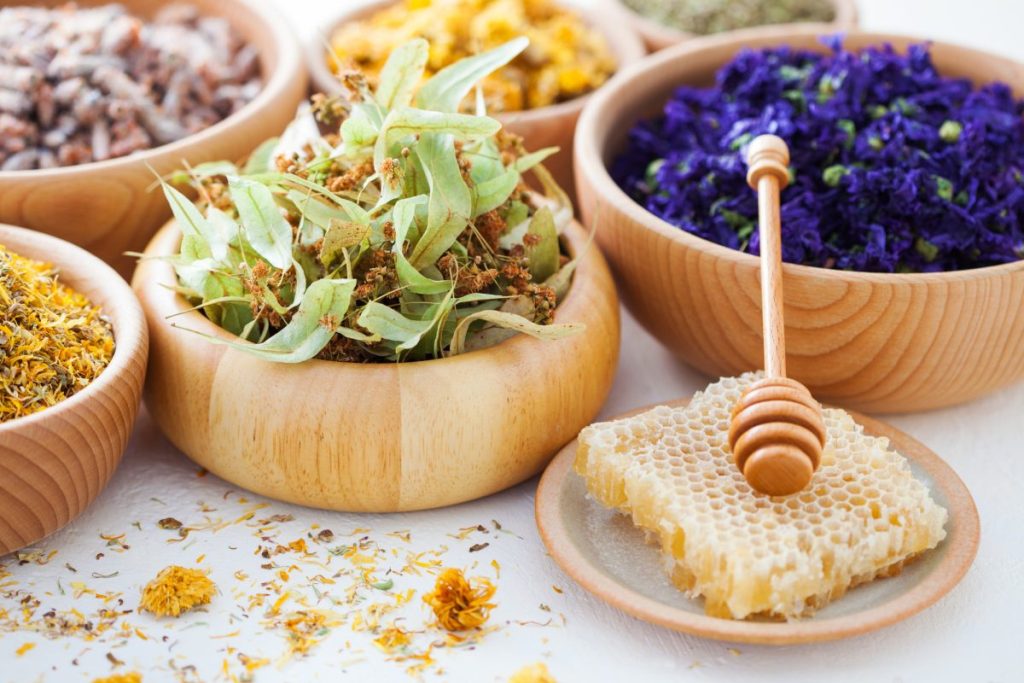
Unearthing the roots of this relationship, understanding its spiritual significance, and exploring its application in contemporary witchcraft can provide a profound appreciation for the natural world around us. This is a journey into the heart of witchcraft and herbalism, and it’s an invitation to harness the power of plants for magical purposes.
Delving into the Past: Herbalism in Ancient Witchcraft
Witchcraft and herbalism’s symbiotic relationship harks back to ancient civilizations. Healers, shamans, and witches were seen as the wise ones of their communities— the keepers of knowledge about the plant kingdom and its magical properties. The use of herbs for magical and healing purposes became a mainstay in spiritual and witchcraft practices, with plants carrying symbolic meanings and spiritual energies.
The Witch as a Herbalist
In the Middle Ages and Renaissance, the “witch” was often the village herbalist, whose knowledge of plants and their uses was essential for the community’s survival. Using a variety of herbs, roots, and plants, these witches concocted potions, teas, salves, and powders to heal, protect, and provide spiritual guidance. However, this wisdom was shrouded in mystery and often viewed with suspicion due to a lack of understanding about the natural world.
Herbal Lore and Symbolism
Different herbs carry diverse symbolic meanings in witchcraft. For instance, lavender signifies peace, purification, and love, while rosemary symbolizes remembrance, protection, and mental clarity. This intricate herbal lore, steeped in centuries of wisdom, remains relevant in modern witchcraft and herbalism.
The Modern Witch: Bridging Ancient Wisdom with Contemporary Practices
In the contemporary realm, the practice of witchcraft continues to evolve, becoming a personal and transformative journey that encourages self-awareness, empowerment, and connection with nature. Modern witches— whether Wiccans, Pagans, or practitioners of any other tradition— often incorporate herbalism into their rituals, spells, and spiritual practices, echoing the ancient bond between witchcraft and the plant world.
Witchcraft in the Age of Mindfulness
Modern witchcraft intersects with the growing interest in mindfulness and spirituality, embracing practices like meditation, grounding, and energy work. Many witches utilize herbs to enhance these practices, burning sage for purification, using lavender for relaxation, or employing mugwort to boost dream recall and astral projection.
Contemporary Herbalism in Witchcraft
Incorporating herbalism into contemporary witchcraft is an art that demands respect for nature and a deep understanding of plant properties. This encompasses making herbal concoctions for specific intentions, using herbs in spells and rituals, or creating herbal charms and talismans.
For example, a witch may craft a love spell using rose petals (symbolizing love), lavender (peace), and basil (harmony). These herbs could be combined into a sachet, infused into a bath, or used to anoint candles. Such practices highlight the enduring role of herbalism in witchcraft and the powerful symbolism attached to different plants.
Crafting Your Witchcraft: Herbalism for Modern Witches
Incorporating herbalism into your witchcraft practice doesn’t have to be daunting. The key lies in knowledge, respect, and intuition. With patience and practice, you can harness the magical properties of plants and enrich your spiritual journey.
Becoming a Green Witch
A ‘Green Witch’ is someone who works primarily with plants, herbs, and the elemental energy of Earth. Their practices often involve herbal remedies, magical teas, and the creation of enchanted gardens. If this resonates with you, start by learning about different herbs and their properties, gather a few basics, and build your herbal grimoire— a book of shadows to document your journey and knowledge.
Intuition and Personal Connection
In addition to learning about plant properties and uses, your personal intuition plays a crucial role in herbalism. Every witch’s journey is unique— your connection with a particular herb might differ from traditional correspondences. Listen to your intuition, attune to the energies of different plants, and cultivate a personal relationship with your herbal allies.
Embracing the Power of Nature
Witchcraft and herbalism share a profound connection— a symbiosis deeply rooted in history and steeped in the power of nature. As modern witches, we’re privileged to carry this ancient wisdom forward, adapting it to our spiritual journey in a way that respects the natural world and celebrates its magic.
Whether you’re crafting spells with rosemary, brewing a magical tea with chamomile, or meditating with the scent of lavender wafting through the air, remember: you’re part of a rich, timeless tradition. You’re walking a path that countless witches have walked before, a path that celebrates the inherent magic of the natural world.
Here’s to embracing the power of nature, the wisdom of our ancestors, and the magic within us all— the essence of witchcraft and herbalism.

